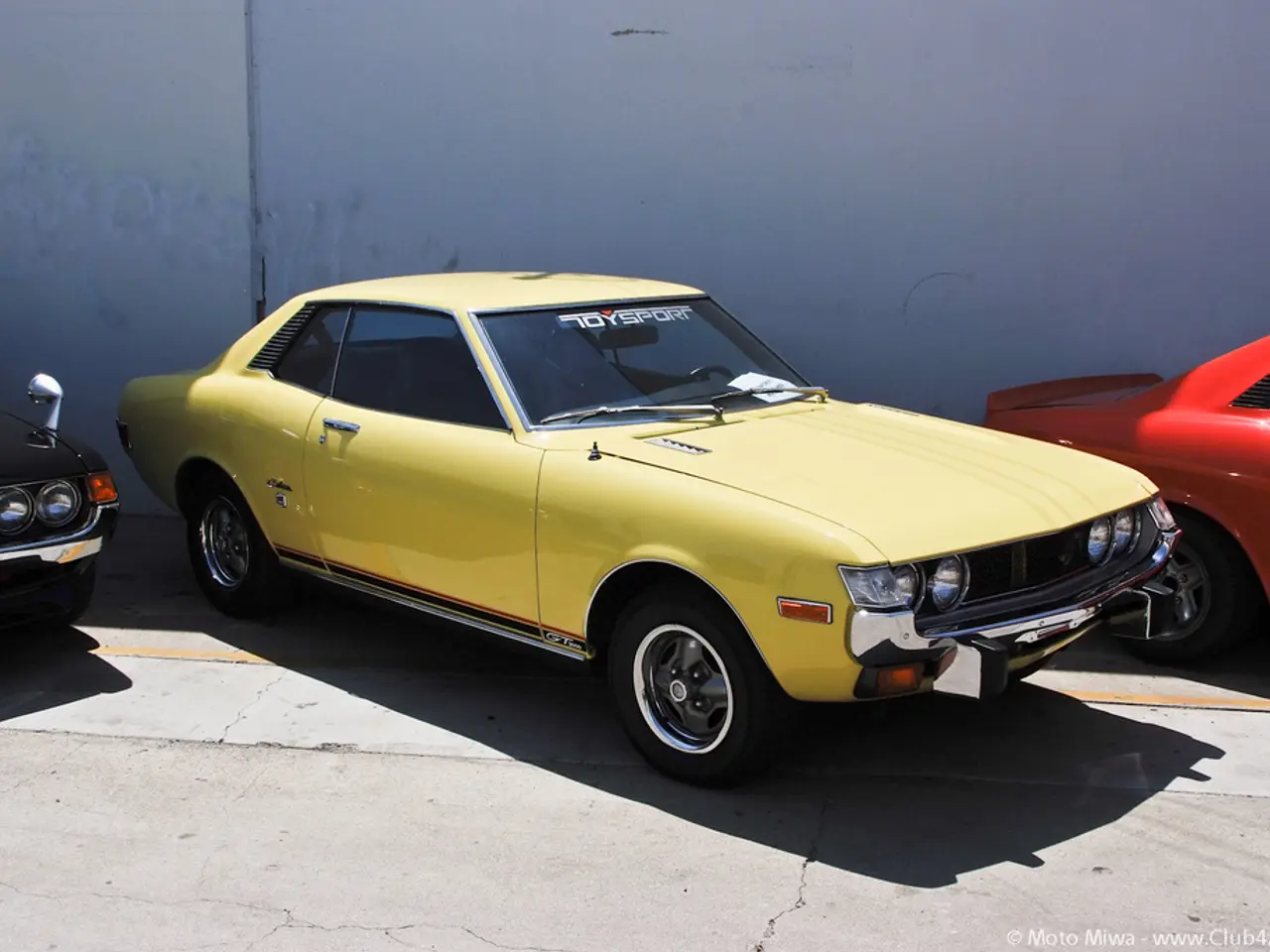Volkswagen T5 Driveshaft Issues, Signs, and Swapping Guidance
The VW T5, a popular choice for many, is known for its reliability and versatility. However, like any vehicle, it's important to keep an eye on its components to ensure smooth and safe driving. One such component is the driveshaft, which connects the gearbox to the wheels. Here are some common issues and signs of failure to watch out for.
A worn or bent driveshaft can cause vibration through the van, particularly noticeable at speeds between 40-60mph. Overloading the vehicle or taking it over potholes and kerbs can cause damage to the driveshaft. If the driveshaft is bent, rusted, or multiple parts are damaged, a full replacement is necessary.
Accelerating hard, coasting, slowing down, and any noises or shakes under load may indicate a problem with the driveshaft or joint. A clunking or movement felt in the shaft during a shake test indicates a problem with the CV joint. Listening for clicking noises during full lock in a car park can also indicate a problem with the driveshaft or joint.
In some T5 models, a low rumble or humming noise may be due to a worn-out center support bearing on the longer shafts. Physical damage to the driveshaft, such as from off-roading or hitting an object under the van, can cause it to wobble and fail.
Common signs of a failing driveshaft or CV joints include clicking or knocking when turning, shuddering or vibration at speed, clunks when changing gear or setting off, grease splattered around the inside of the wheel, and no drive at all if the shaft has snapped or pulled out of the gearbox.
Quick ways to check for problems with the T5 driveshaft include looking underneath the van for signs of damage or wear, listening for unusual noises when turning or accelerating, and checking for grease around the wheels. Rinsing off the underside of the vehicle in winter can help prevent damage to the driveshaft.
Maintenance and inspection usually focus on checking the CV joints, U-joints, drive shaft seals, and stub shaft conditions for wear, debris, and smooth operation to prevent failure. Addressing these signs promptly can prevent more severe drivetrain damage on VW T5 vehicles. If the CV joint or boot is damaged but the shaft is still straight and solid, it can be replaced separately.
It's worth noting that on 4Motion models, the driveshaft also powers the rear wheels. Aftermarket driveshafts can be purchased for reasonable prices.
Remember, regular maintenance and timely repairs can help extend the life of your VW T5 and ensure safe and enjoyable driving experiences.
- In the automotive industry, maintaining the driveshaft in a VW T5 is crucial, as a damaged driveshaft can negatively impact the vehicle's performance and safety, especially during high-speed transportation.
- During regular checks, technologists may discover common signs of a failing driveshaft or CV joints, such as clicking or knocking when turning, shuddering at speed, or noises when accelerating, which are often indicative of industry-specific issues in the finance sector that require prompt attention.




